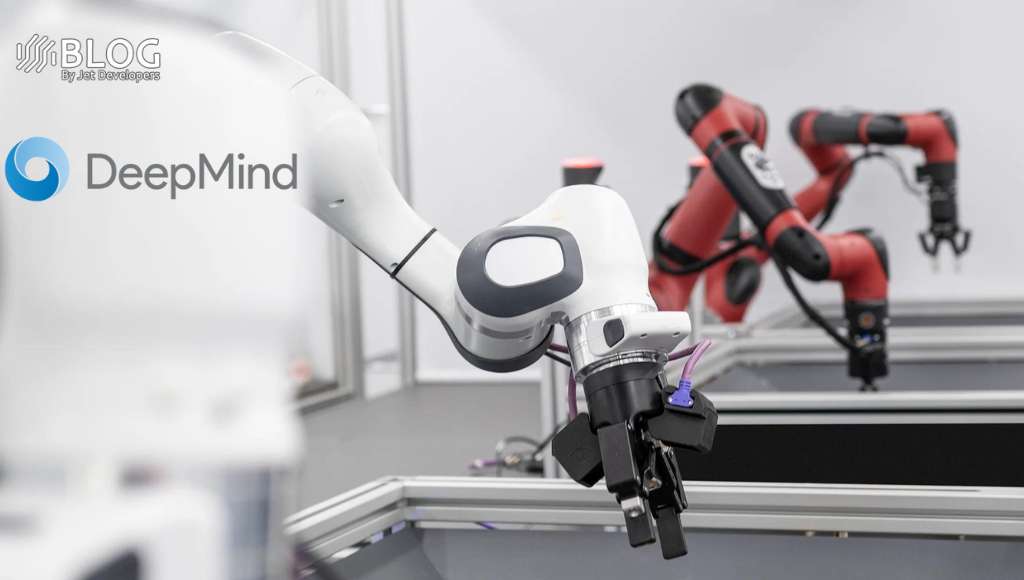- Artificial intelligence (AI) is set to transform many aspects of day-to-day life.
- There are, however, many misconceptions about AI and its potential uses.
- “The exaggerations about AI’s potential largely stem from misunderstandings about what AI can actually do,” said Kay Firth-Butterfield, the Head of Artificial Intelligence and Machine Learning at the World Economic Forum.
Broadly speaking, artificial intelligence (AI) is a field of study and type of technology characterized by the development and use of machines that are capable of performing tasks that usually would have required human intelligence.
AI has already transformed many industries and aspects of society, ranging from the introduction of customer service chatbots to enhanced GPS and mapping applications. However, there are several misconceptions about AI and its potential uses.
In the following Q&A, Kay Firth-Butterfield, the Head of Artificial Intelligence and Machine Learning at the World Economic Forum, details the different types of AI, important developments and applications in the field of machine learning and—perhaps most importantly—discusses common misunderstandings about AI.
What are the different types of AI?
“AI consists of several different machine learning models. These include, but are not limited to, reinforcement learning, supervised and unsupervised learning, computer vision, natural language processing and deep learning.
“All of the machine learning models develop and advance statistical predictions, but differ in their use and comprehension of data. ChatGPT, for example, is an AI-powered chatbot that is able to predict the most likely next word in a sentence. With numerous and relatively accurate predictions, ChatGPT is able to create coherent paragraphs.”
What do most people misunderstand about Artificial Intelligence (AI)?
“AI is not intelligence—it is prediction. With large language models, we’ve seen an increase in the machine’s ability to accurately predict and execute a desired outcome. But it would be a mistake to equate this to human intelligence.
“This is clear when examining machine learning systems that, for the most part, can still only do one task very well at a time. This is not common sense and is not equivalent to human levels of thinking that can facilitate multi-tasking with ease. Humans can take information from one source and use it in many different ways. In other words, our intelligence is transferable—the ‘intelligence’ of machines is not.”






